The Gweru Antelope Park, set in over 3000 acres of mostly open savannah near Gweru in Central Zimbabwe, is home to a wide variety of animals including elephants, lions, giraffe, zebra and, in keeping with the name of the park, an assortment of antelope species. But the main attractions for us during an all-too-short visit during June were the nesting birds.
In the space of a just few hundred metres from our camp site we located nests of White-breasted Cormorants, Meyer’s Parrots, Bearded Woodpeckers and Green Wood Hoopoes.
White Breasted Cormorant Nest
In the dam in front of the campsite are several dead trees which have been colonized by numerous pairs of White Breasted Cormorants. The nests are rather untidy platforms built of sticks and other scavenged material. Most of the youngsters in the colony were well developed, usually three or four to each nest, but still incredibly demanding in their never-ending calls for food. Parent birds were constantly cruising the length of the dam in their hunt for food and were vigorously “attacked” by their offspring on returning to the nests.
Bearded Woodpecker Nest
The second nest started off as a puzzle. We found the hole in a tree well away from the dam, and very soon a Lilac-breasted Roller arrived and showed a brief interest in the tree before leaving.
We settled down nearby to await its return to its nest, but the next bird to arrive was a Black-collared Barbet, which settled on a branch less than a metre from the hole. Right, so it wasn’t the nest of a Lilac-breasted Roller after all; it was a Black-collared Barbet’s nest.
No, it wasn’t! The barbet flew off and a few minutes later a Bearded Woodpecker emerged from the hole. The woodpecker came and went a few times, so we concluded that it was indeed it’s home. The following morning we watched the woodpecker dumping bits of wood from the nest hole, suggesting that this was a home still under construction. This would fit with its peak laying period of May to August.
Meyer’s Parrot Nest
We were told the whereabouts of the nest of the Meyer’s Parrot by the local birding guide, and it wasn’t long after locating the tree that one of the adult birds arrived. It spent a short time at a muddy pool near the foot of the nesting tree, before making a slow approach to the nest hole.
This nest was probably originally made by a woodpecker or a barbet and later abandoned.We were very excited to be rewarded with quite good sightings of the baby poking its head out for a quick view of the world while being fed. Meyer’s Parrots usually lay two to four eggs in April/May and as they take around four weeks to hatch, the solitary youngster we saw was probably very young indeed.
Green Wood Hoopoe Nest
We found the nest of the Green Wood Hoopoes after following one of the birds for a few minutes trying to get a clear photo. It had a beetle of some sort in its bill, and very cautiously approached what turned out to be its nesting hole, departing again almost instantly.
We spent well over an hour waiting for it to return and watched as the returning bird passed food to what appeared to be another adult bird which partially emerged from the hole to accept the gift. The nesting hole was, in all probability, originally made by a woodpecker or barbet and subsequently abandoned. Wood Hoopoes breed in Zimbabwe all year round, but although we waited nearby while they came and went a few more times, we saw no sign of any offspring.
It is a great thrill to watch nesting birds interacting with each other and with their offspring, and we were extremely privileged to see four different types of birds in such close proximity.


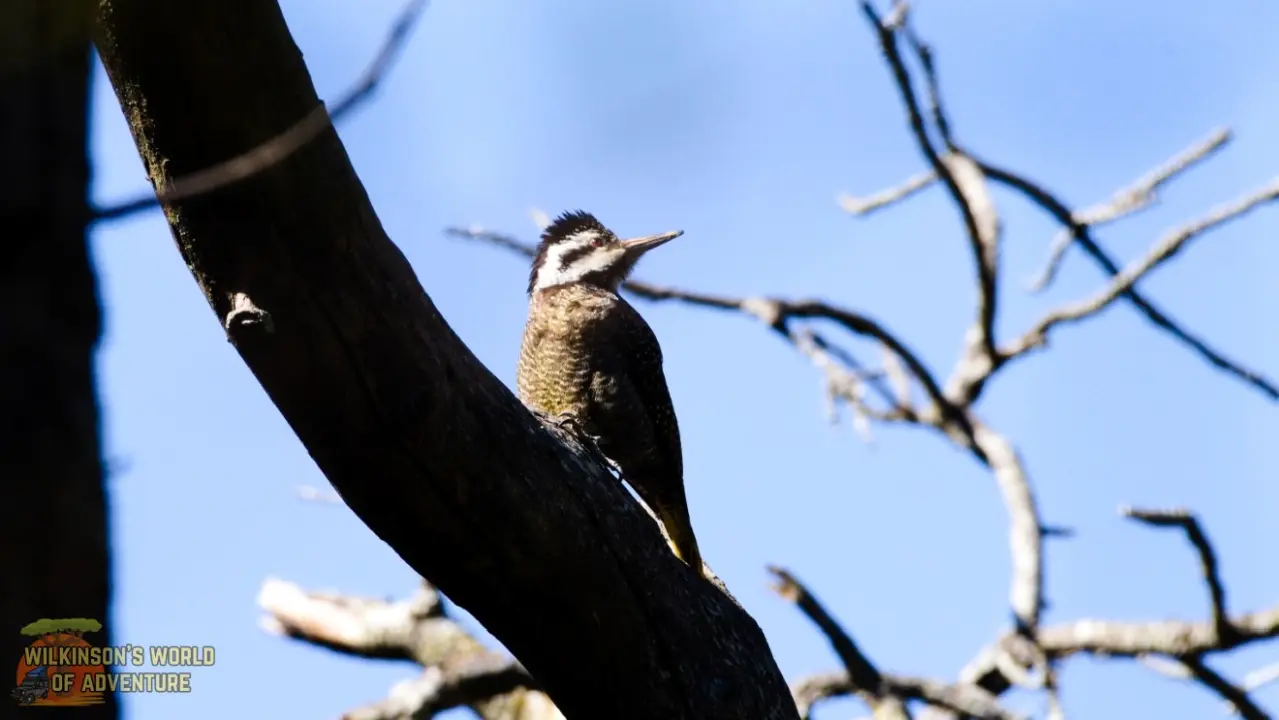


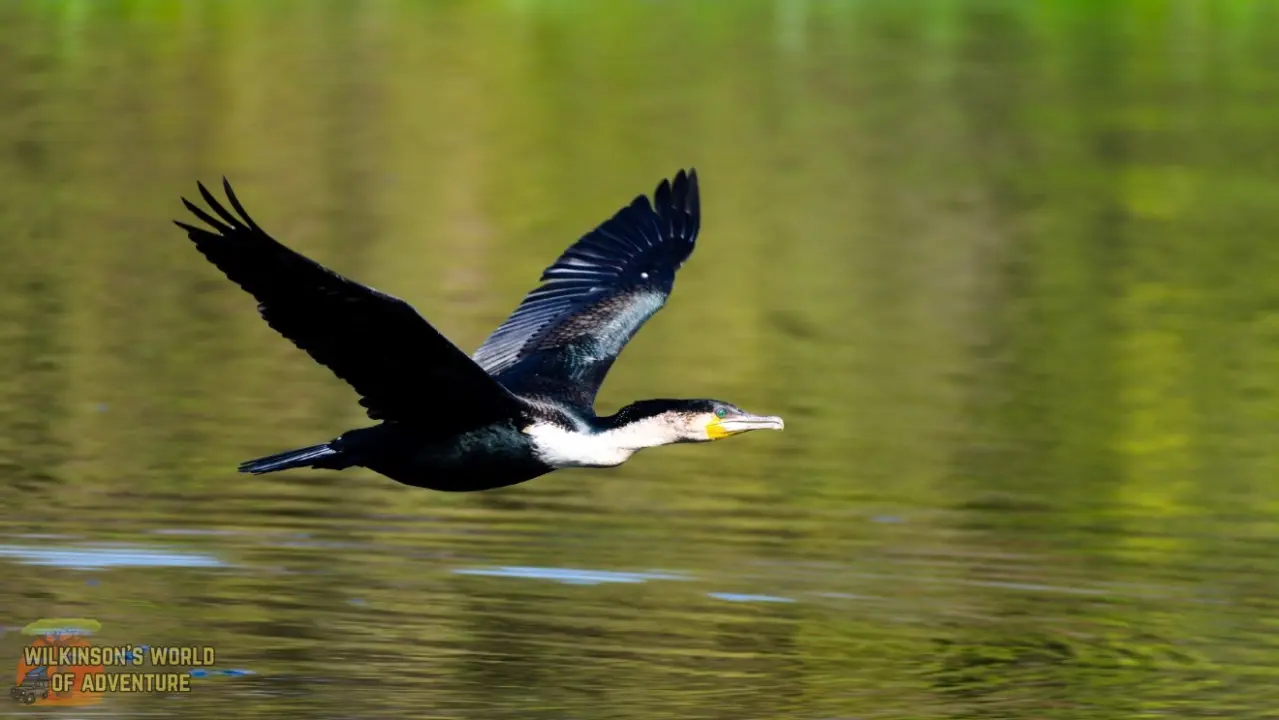
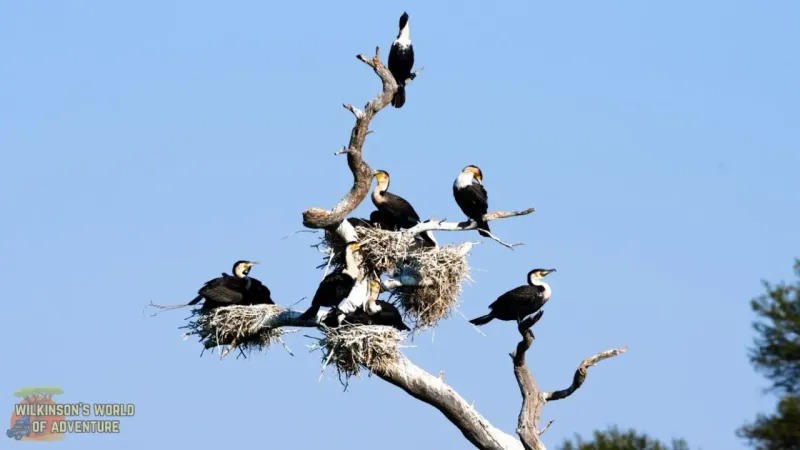
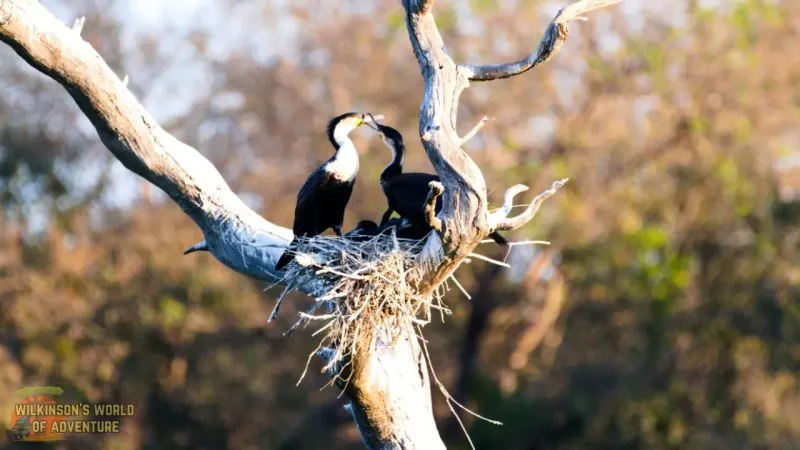
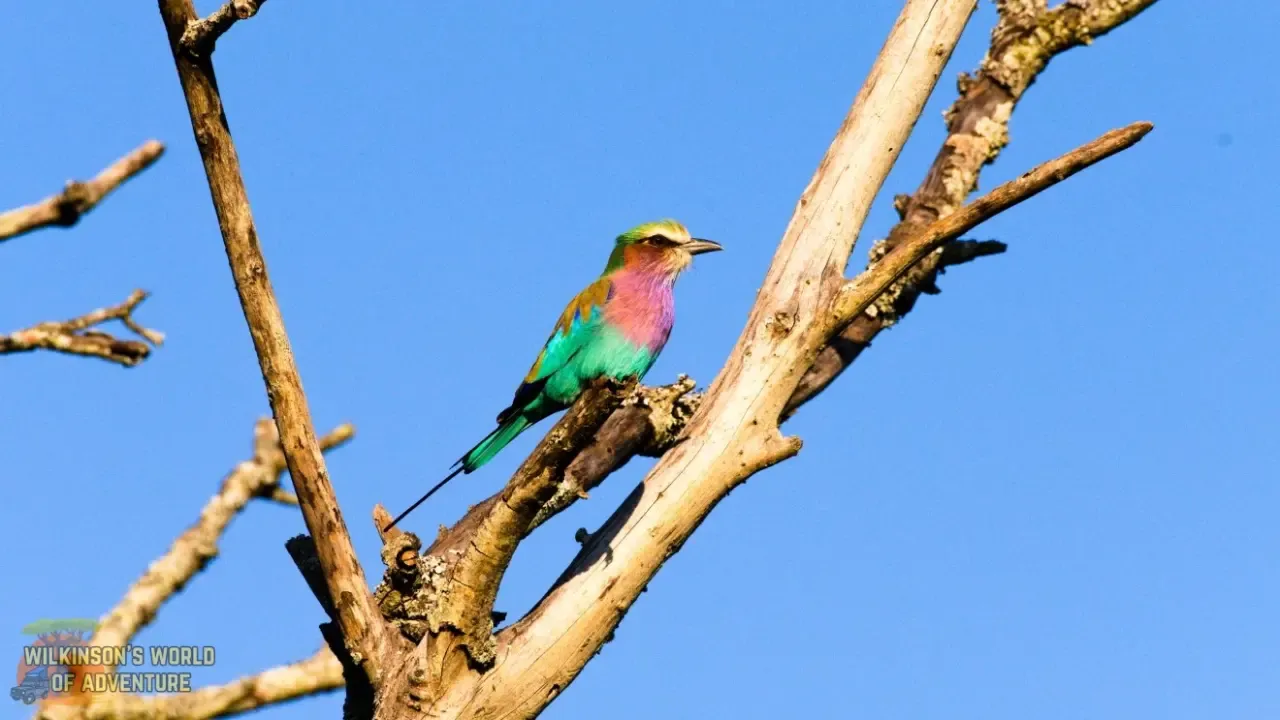
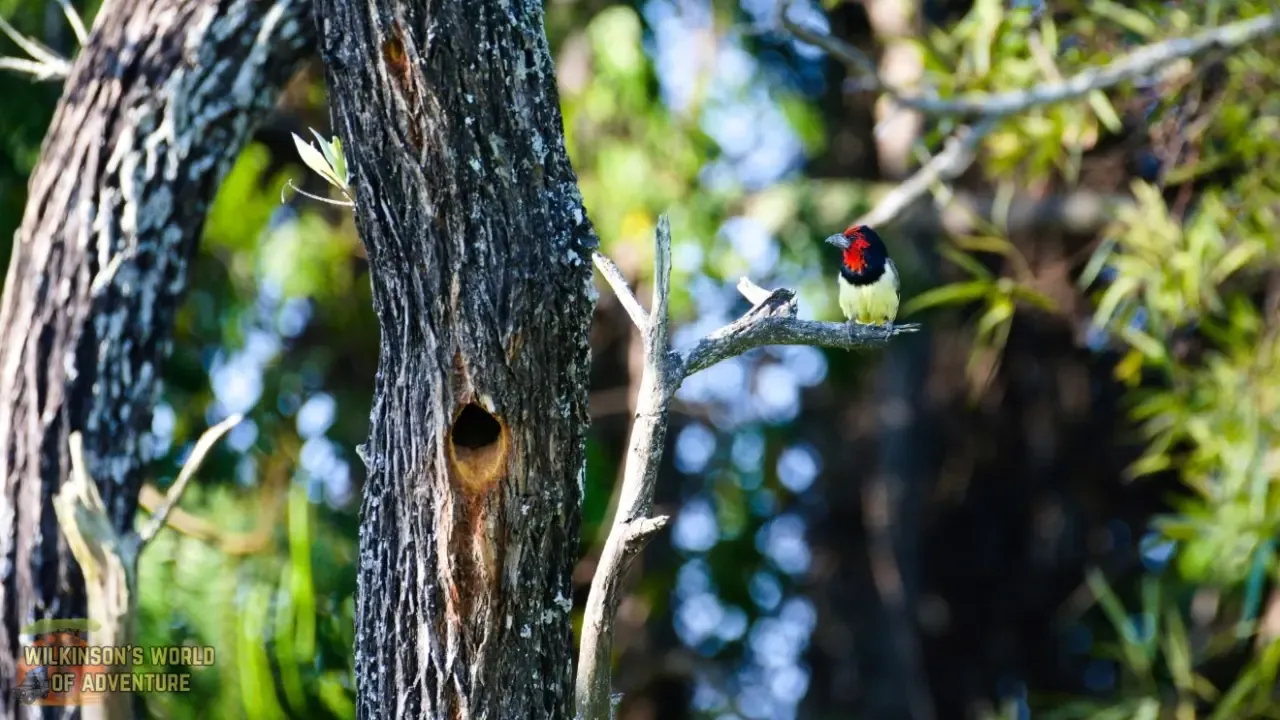
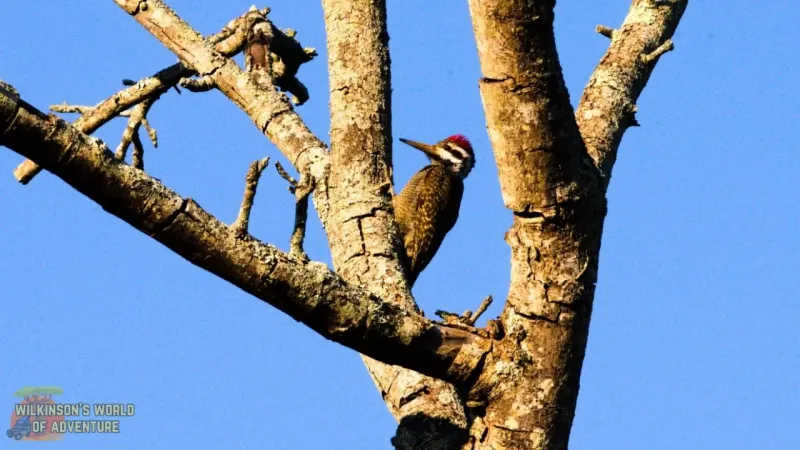
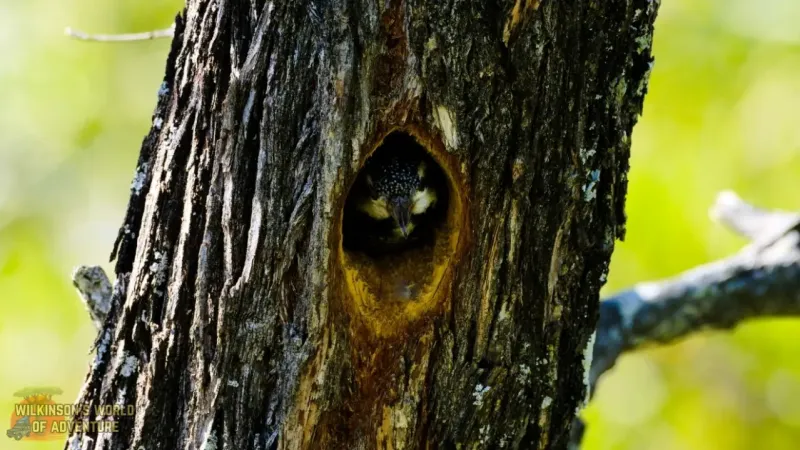
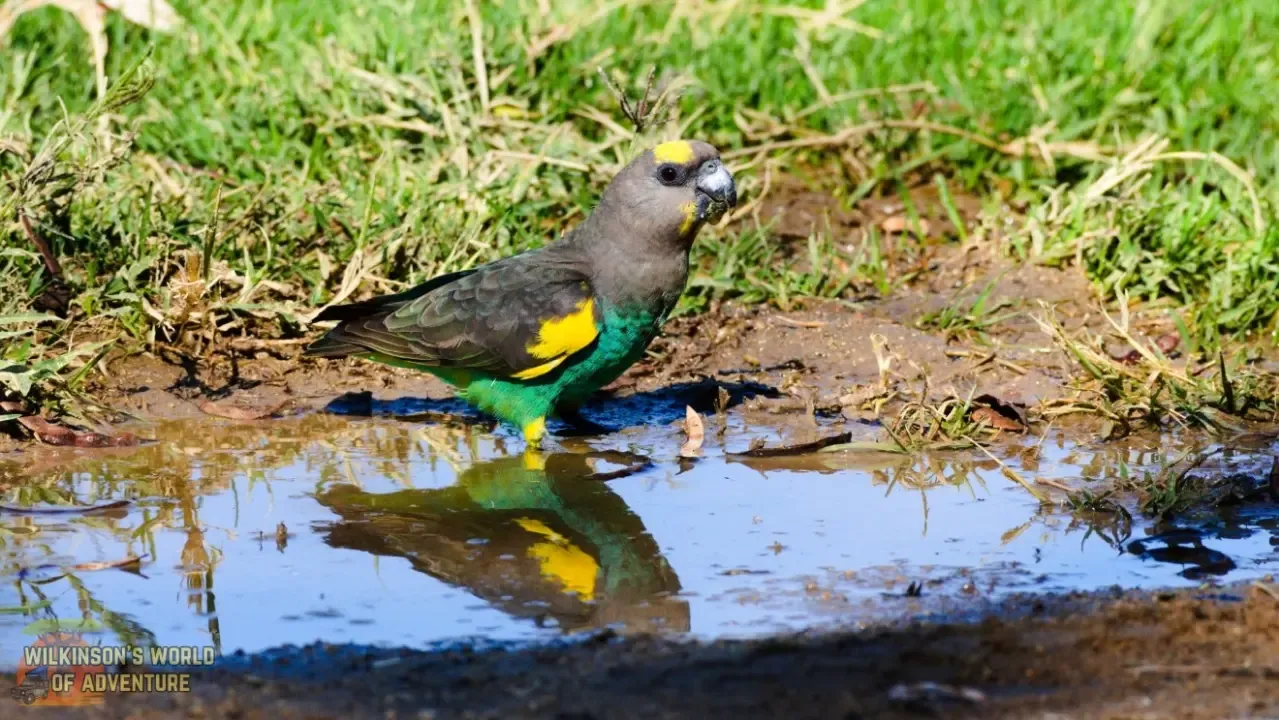
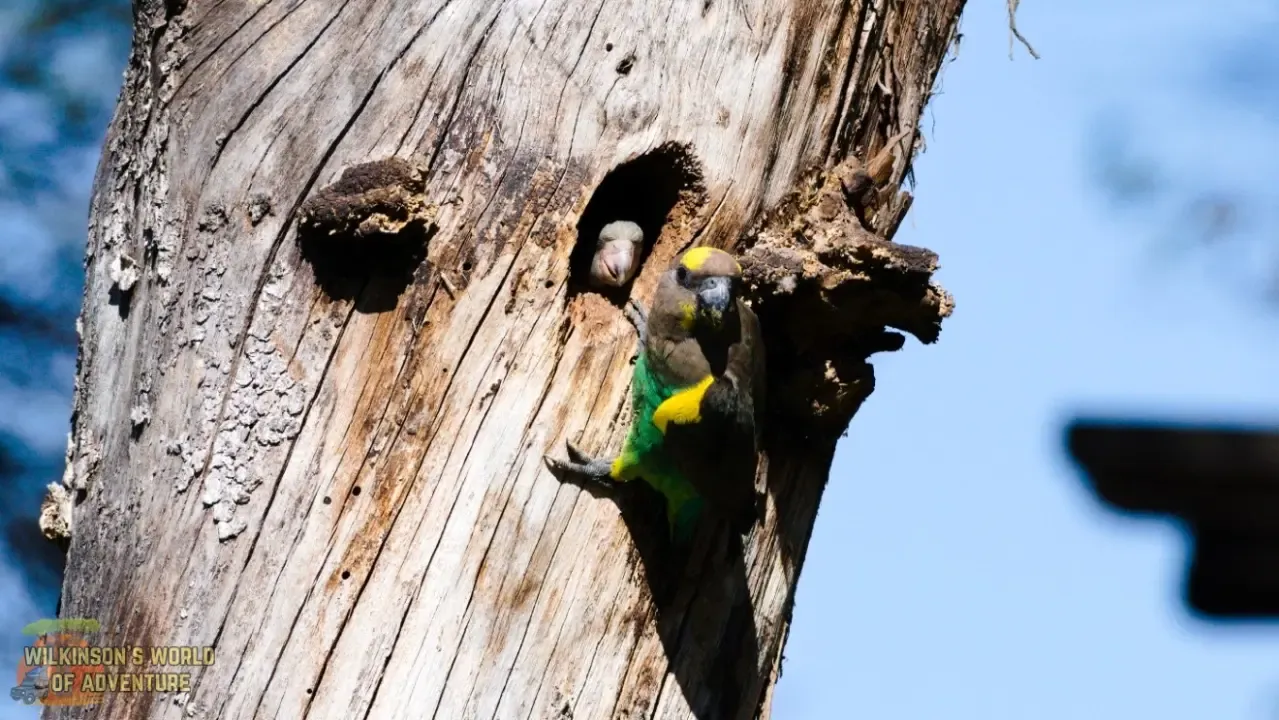
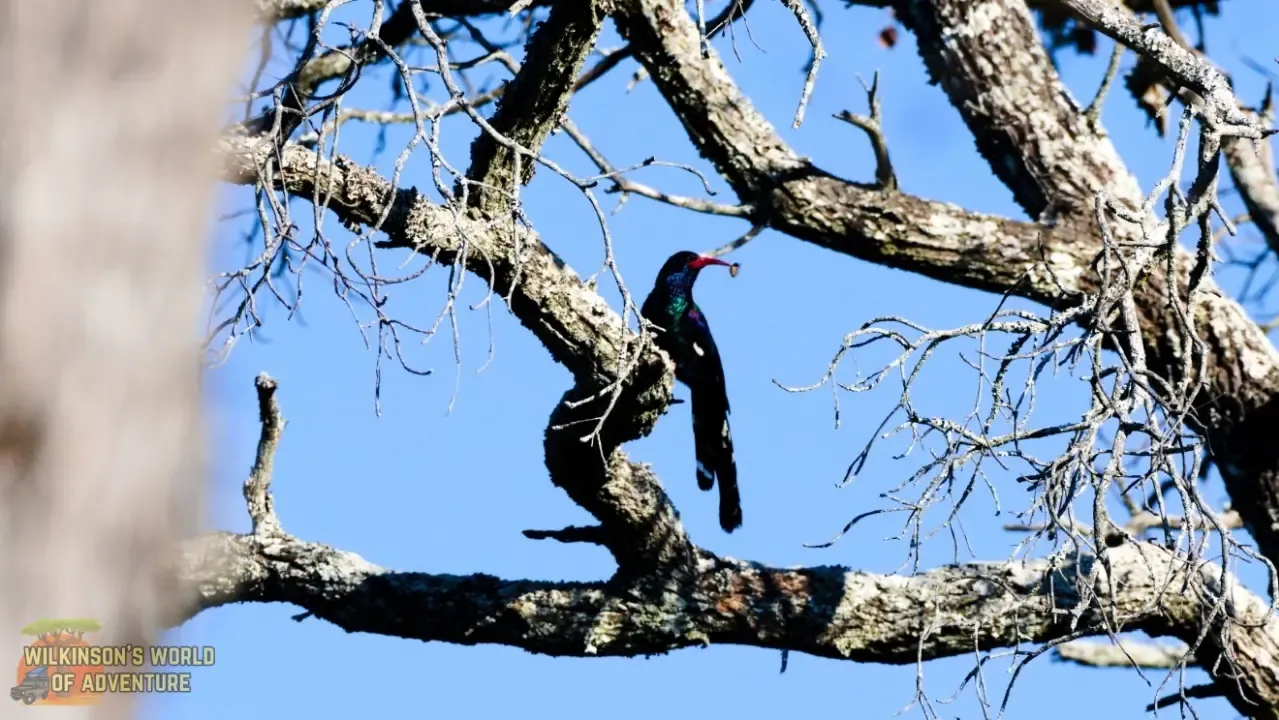
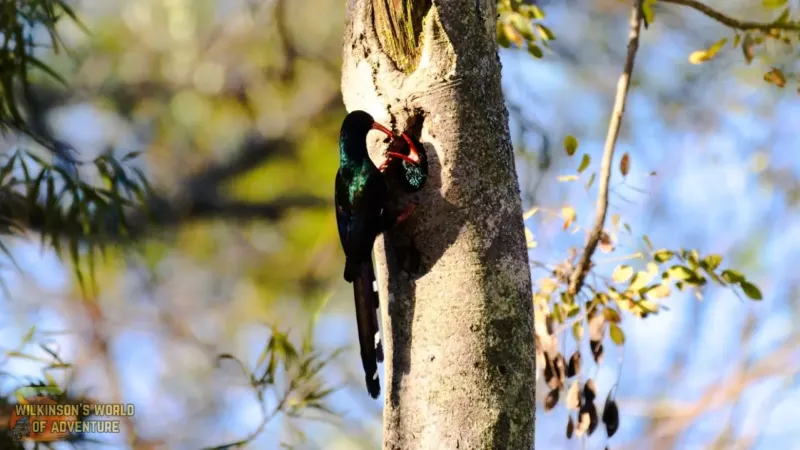
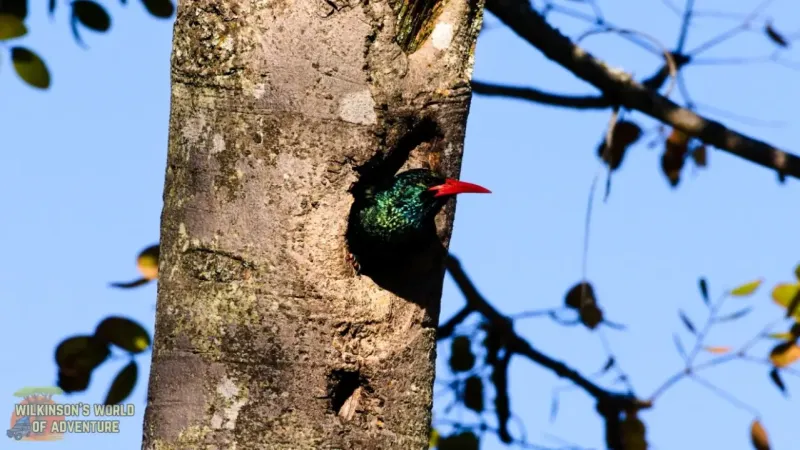
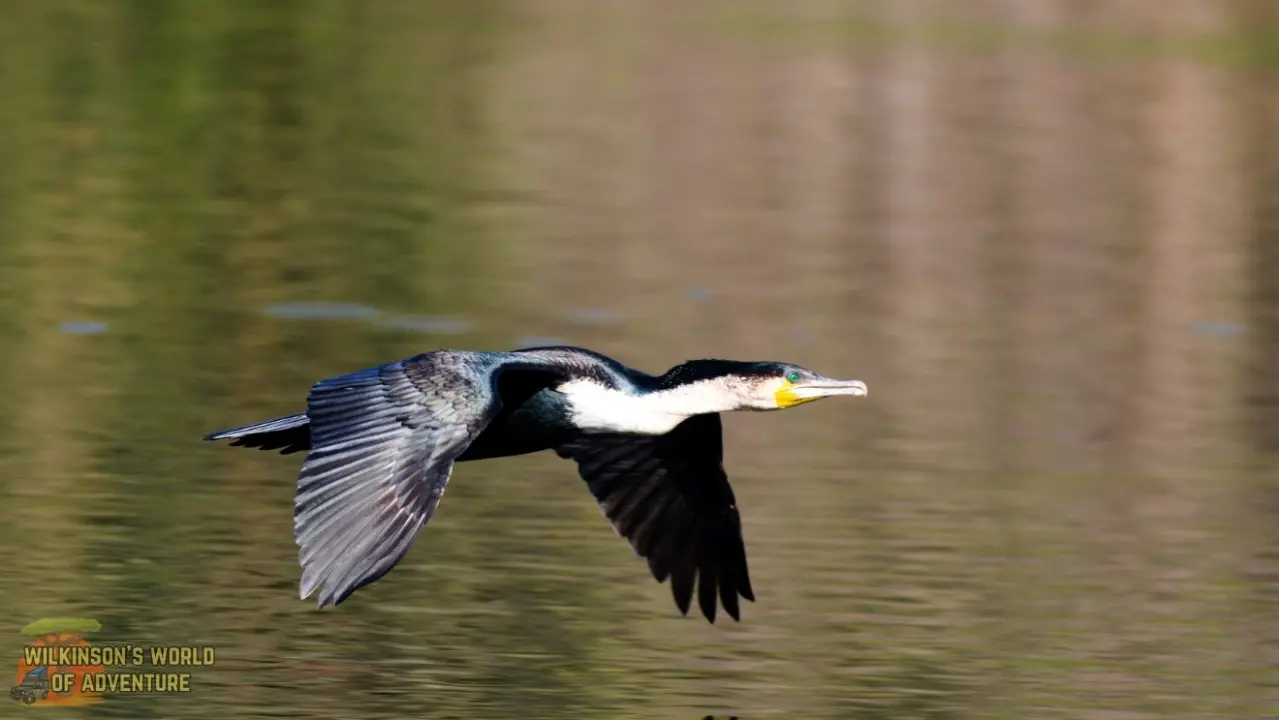
Recent Comments